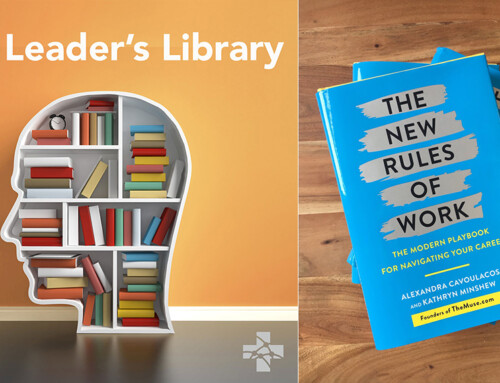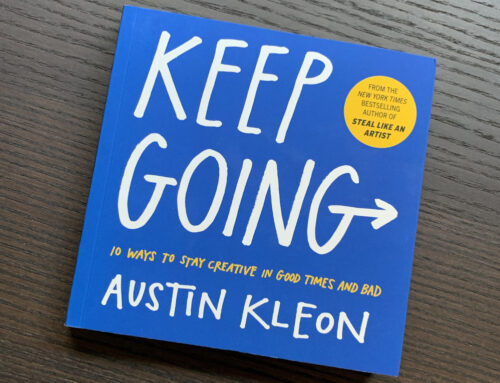“Words can be like X-rays if you use them properly — they’ll go through anything. You read and you’re pierced.”
― Aldous Huxley, Brave New World
Dr. Louis Ling is currently Professor of Emergency Medicine and the Senior Vice President for Hospital Accreditation at the Accreditation Council for Graduate Medical Education (ACGME), however he is probably best known as one of the founders of Academic Emergency Medicine. He practiced for over 30 years at Hennepin County Medical Center (HCMC) where he ran the program in medical toxicology and served as the Associate Dean for Graduate Medical Education as well as the Chief Medical Education Officer. He has laid the groundwork for much of what we do now by starting the journal Academic Emergency Medicine as well as helping to found the Council of Residency Directors (CORD).
Beyond his accomplishments, to talk to him is to talk to person who not only has the experience but both the willingness and ability to continue to think deeply. He continues to inspire many of us, not by his accomplishments but by his continued enthusiasm that he brings to the whatever he is working on. ALiEM is excited to have Dr. Louis Ling share his book recommendations in this edition of ALiEM Bookclub: Beyond the ED.

Dr. Louis Ling
How Doctors Think (2007) [Amazon Link]
 One of my favorite books is “How Doctors Think” by Jerome Groopman 2007. I used to think that medical students arrived to residency as newbies and through some magical process, graduated three years later as remarkably good clinicians. What I realize now is this transformation was not just because they knew more facts, it was because they could make decisions.
One of my favorite books is “How Doctors Think” by Jerome Groopman 2007. I used to think that medical students arrived to residency as newbies and through some magical process, graduated three years later as remarkably good clinicians. What I realize now is this transformation was not just because they knew more facts, it was because they could make decisions.
The thesis of this book is that the process for making decisions is what separates a mediocre doctor from a master clinician. Dr. Groopman explains through a series of stories about patients and doctors, how physicians make decisions but still make mistakes. He quotes my hero, emergency physician Pat Croskerry, in his discussion about how experienced clinicians use their experience to recognize problems but how our emotions and biases can lead us astray. Chapter 3 are emergency medicine stories, chapter 4 about primary care, but there are many examples of how the best doctors who are try their hardest are still lead astray. This book reminds me how easy it is to get complacent and overconfident and how I should always be mindful of the assumptions that I make everyday when I am in the emergency department. It’s a book written for the public, but is much more enlightening for physicians.
The Tourist (2009) [Amazon Link]
[book-cover isbn=”1250018412″ align=”right” size=”small”]I have always liked spy novels. I am always impressed with how the heroes can figure their way out of dilemmas with minimal information and split second decisions. One of my favorites is by Olen Steinhauer, The Tourist (2009) not to be confused with the Johnny Depp and Angelina Jolie movie. The hero bears no similarities with James Bond or Jason Bourne who are confident, defy death and rarely make a mistake. Owen’s protagonist is a burnt out undercover CIA spy, like a tourist whose is always visiting and with an always changing identity. He is just getting along trying to do his job while puzzling over situations and dilemmas without a clear answer. Along the way it becomes clear that being a spy is the least desirable and least sexy job in the world. I would also recommend The Cairo Affair which is equally convoluted and puzzling to the very end.When Breath Becomes Air (2016) [Amazon Link]
 If you have a plane ride, you have enough time to read When Breath Becomes Air by Paul Kalanithi, 2016. The author is a neurosurgery resident who tells his story about being a resident and a patient. He is extremely well read and in college, considers the meaning of life through a writing career before realizing that he can best consider life through the lens of a physician. The first half of the book tells about his formation to adulthood and his life as a neurosurgery resident. It is a process that is familiar to all physicians. The insight comes from the story after his diagnosis of cancer and how he responds, with his parents and his wife and his doctors. He tries to balance his role as a patient and what he knows as a physician. Like the rest of us, he knows we are all going to die. He just happens to know that he will be dying soon and he wants to make a difference as a physician in the short time that he has. Instead of quitting and laying on a beach, he finishes his residency and leaves behind a record of the process for us to ponder and apply to our own process of dying and living.
If you have a plane ride, you have enough time to read When Breath Becomes Air by Paul Kalanithi, 2016. The author is a neurosurgery resident who tells his story about being a resident and a patient. He is extremely well read and in college, considers the meaning of life through a writing career before realizing that he can best consider life through the lens of a physician. The first half of the book tells about his formation to adulthood and his life as a neurosurgery resident. It is a process that is familiar to all physicians. The insight comes from the story after his diagnosis of cancer and how he responds, with his parents and his wife and his doctors. He tries to balance his role as a patient and what he knows as a physician. Like the rest of us, he knows we are all going to die. He just happens to know that he will be dying soon and he wants to make a difference as a physician in the short time that he has. Instead of quitting and laying on a beach, he finishes his residency and leaves behind a record of the process for us to ponder and apply to our own process of dying and living.
- ALiEM bookclub covered When Breath Becomes Air April 2016 – [link]
The Innovator’s Prescription (2009) [Amazon Link]
[book-cover isbn=”0071592083″ align=”right” size=”small”]If you are a big thinker, you should read (or have already read) the 2009 book The Innovator’s Prescription by Clayton Christensen. The author is from the Harvard Business School and developed the notion of “disruptive technology” for the business world and now applies it to medicine. We are not talking about small incremental improvements but changes that can transform everything we do. He uses the example of how ATMs transformed banks, and Facebook transformed relationships.Similarly, in medicine the Flexner Report, antibiotics, retail clinics, telemedicine, and the electronic health record have or are in the process of changing how we provide care. Similarly, in Emergency Medicine we can point to procedural sedation and point of care ultrasound as disruptive innovations. The author discusses the integration of health care systems, payment and reimbursement changes, the pharmaceutical industry and my favorite topic, the how the failing medical education system will be disrupted. On the last topic, the author suggests that physician assistants, nurse practitioners, and international medical graduates may be disruptive and that in-house medical schools by the largest integrated systems (predicting the Kaiser medical school in Pasadena, California) will out-innovate the current medical schools. He describes how Toyota uses competency based training to decrease variability and how medical schools should as well. This is a book on many CEO’s bookshelves and will provide insights into what is to come. I find this book even more interesting with seven years of hindsight.



